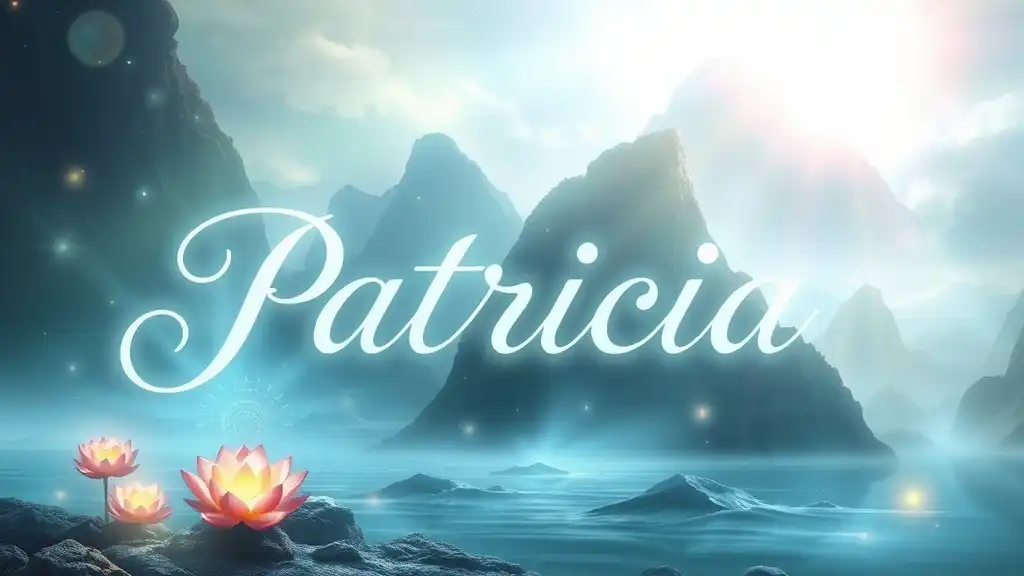Saint Patrick's Day is celebrated on March 17 every year, marking the death of Saint Patrick, the patron saint of Ireland. While many people recognize this day for its cultural festivities and vibrant parades, there is a rich spiritual significance underlying the holiday. For those who delve into its depths, St. Patrick’s Day offers a profound opportunity to explore themes of faith, nature, and community.
The Spiritual Significance of St. Patrick's Day
Understanding the spiritual aspects of St. Patrick's Day allows us to appreciate the balance between its historical roots and its applications in contemporary spirituality. The celebration transcends mere festivities and taps into the core of Irish culture, highlighting a transformative journey marked by faith and resilience. The legacy of St. Patrick invites reflection on personal and collective journeys of spiritual awakening and growth.

Saint Patrick: The Man and His Legacy
The Life of Saint Patrick
Saint Patrick’s life is a narrative of trials and triumphs. Born in Roman Britain in the late 4th century, he was kidnapped at the age of 16 and brought to Ireland as a slave. During his six years of captivity, he turned to Christianity for solace. After escaping, he returned home, but the call to return to Ireland remained strong. Patrick dedicated himself to spreading the teachings of Jesus Christ across Ireland, which was steeped in pagan beliefs. His tireless mission not only altered the spiritual landscape of Ireland but also emphasizes the transformative power of faith and forgiveness.
Symbolism Associated with Saint Patrick
Symbols play an integral role in conveying deeper meanings, and Saint Patrick's Day is rich with them. One of the most recognized symbols is the shamrock, a three-leaved clover. Legend has it that Patrick used the shamrock to explain the concept of the Holy Trinity (the Father, the Son, and the Holy Spirit) to the Irish. This symbol is not just a botanical representation; it embodies the profound connection between nature and spirituality. Other symbols, such as the Celtic cross, further illustrate how Celtic traditions intertwine with Christian teachings, showcasing a vibrant heritage where the sacred and the natural coexist harmoniously.

The Connection Between Nature and Spirituality on St. Patrick's Day
Celebrating the Earth
Irish traditions inherently celebrate the beauty and spirit of nature. The lush landscapes of Ireland are integral to its cultural identity, and on St. Patrick's Day, this connection to the earth comes to the forefront. Celebrants are reminded of the importance of stewardship over our planet, as the natural world is often seen as a manifestation of the divine. By recognizing our interconnectedness with nature, we can deepen our spiritual practice and embrace a holistic view of life.
The Green Theme: Symbolism and Meaning
The color green, strongly associated with St. Patrick's Day, carries significant spiritual implications. In many cultures, green symbolizes renewal, growth, and fertility. In the context of spirituality, wearing green can serve as a reminder to embrace new beginnings and foster inner growth. It encourages us to reflect on the healing processes in our lives and to celebrate the transformations that arise from personal journeys. Wearing green isn't just a fun cultural gesture; it’s an invitation to engage with the spiritual undercurrents that this holiday represents.

Practices to Honor the Spiritual Meaning of St. Patrick's Day
Mindful Reflections
One of the most powerful ways to honor St. Patrick’s spiritual legacy is through mindful reflection. Consider setting aside time for personal meditation or journaling. Ask yourself, “What lessons can I learn from the life of Saint Patrick?” and “How can I apply these teachings in my daily life?” Reflecting on challenges you have overcome or acts of courage can help you channel the spirit of resilience that Patrick embodied. Such introspection can lead to deeper insights and personal growth.
Community and Gathering
The essence of spirituality is not just an individual journey; it thrives within the context of community. Gatherings on St. Patrick’s Day, whether they take the form of family dinners, friendly meet-ups, or community parades, play a vital role in reinforcing this sense of togetherness. Consider engaging in rituals that foster connection, such as sharing stories of ancestors or participating in communal prayers. By coming together, we create a shared energy that uplifts and nurtures our spirits, mirroring the unity that Saint Patrick sought among the people of Ireland.

Embracing the Spirit of Gratitude
St. Patrick’s Day also serves as a beautiful reminder of the importance of gratitude. Amid the festivities, take a moment to express thanks for the richness of life’s experiences—the struggles that shaped you, the joys that uplift you, and the community that supports you. Simple acts of gratitude can set a tone for the day, inviting positivity and peace into your heart. Consider starting a gratitude practice by jotting down a few things that you are thankful for, allowing the spirit of appreciation to permeate your thoughts and actions.

Conclusion: The Lasting Spiritual Impact of St. Patrick's Day
As we reflect upon the deeper meanings behind St. Patrick’s Day, we uncover a treasure trove of spirituality that speaks to transformation, resilience, and gratitude. This celebration is not merely a cultural event; it is an invitation to connect with our own journeys and those of others. By embracing the lessons from Saint Patrick's life and the rich symbolism embedded in the holiday, we can integrate these insights into our daily lives. The spirit of St. Patrick urges us to honor our connection to the earth, nurture our communities, and practice gratitude, enriching our spiritual experiences well beyond March 17.














